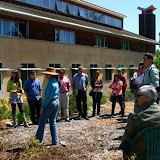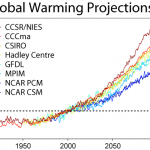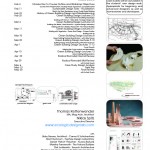
Educate
The EcoLogic Design Lab has developed curriculum and offered the courses title :
- Principles of Green Building Design (MPC, UCSC)
- Environmental Urban Design (UCSC)
- Visualization and Environmental Data
- Green Construction (Hartnell)
- Sustainable Design and Educational Resources for Developing Countries (MIIS)
The course is designed to be dynamic and interactive. Participants are encouraged to develop their ideas, interests and understanding of the material through participation and interaction. With this in mind, lecture material (see course outline below) will be balanced with hands on application in the form of discussions, presentations, student design work, student analysis of their global and immediate built environment.
A. Sustainable Design Concepts and Techniques
- Site assessment bio-regional considerations, landscaping, permaculture
- Building with the Sun orientation, incident solar radiation, thermal conductivity of building materials
- Building with the Rain regional storm water calculation, rain water retention systems, bio-swales
- Building with Vegetation living walls, living roofs, living shade
- Building with Air natural ventilation, air tightness of building envelopes, wind power
- Material Analysis built examples, application design, material sourcing
- Glazing & Shading concepts, product comparisons, shading design
- Heating & Cooling concepts, product comparisons, heating load calculations
- Lighting & Intelligent Controls concepts, product comparisons, design
- Life Cycle Assessment reduce, recycle, reuse building materials
B. Sustainable Design Analysis
- Building Metabolism – Energy and Resource Use
- Code compliance -Green Building Codes, LEED, Title 24
- Building Topologies – Form vs. Function
- The Process of Building – Integral Design
- Building Life Span, Monitoring and Re-Use
Ultimately participants perform and present a creative sustainable design analysis. This analysis studies individual buildings, groups of buildings or the resident campus as a whole and analyzes them relative to green building principles (energy efficiency, ergonomics, flexibility, etc. ). A master planning analysis is featured at a public presentation and public review at the end of the course.
 |
| Stanford Global Ecology Tour |




Trackbacks for this post